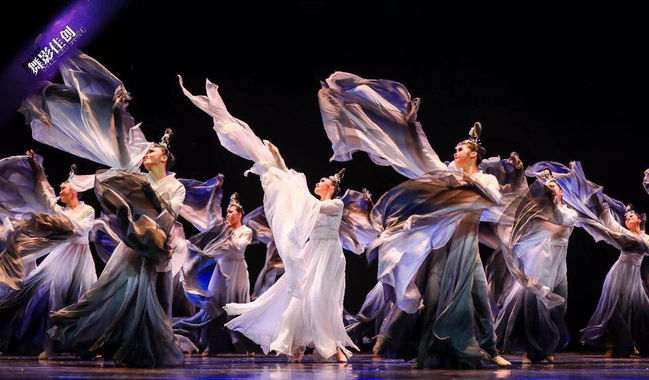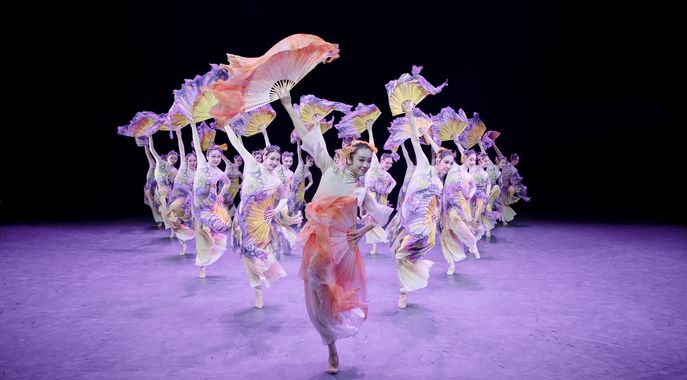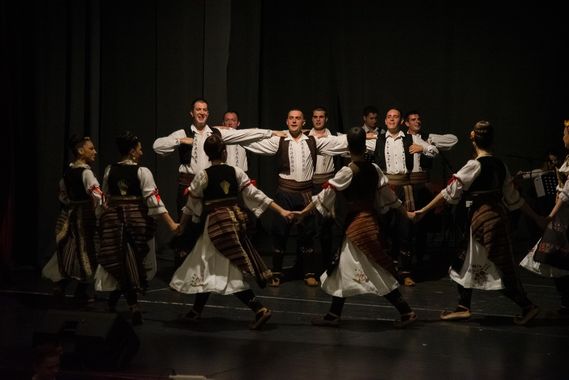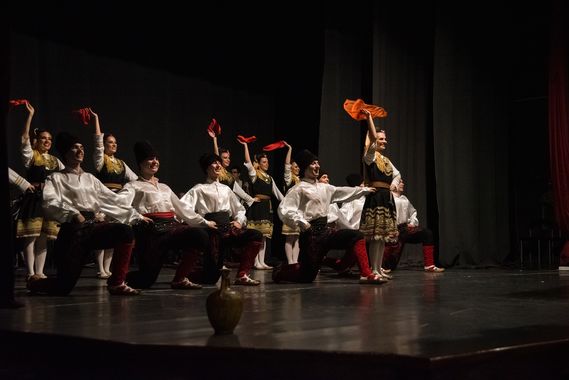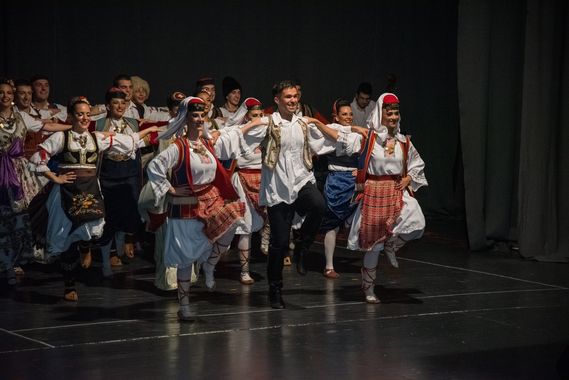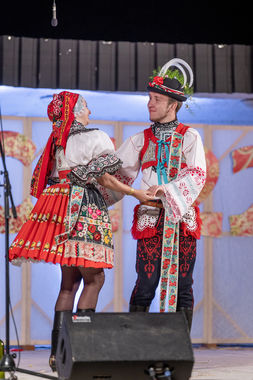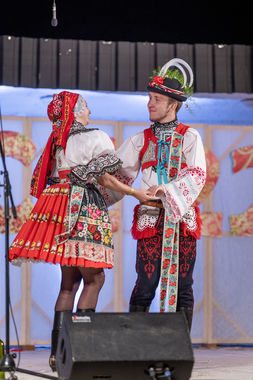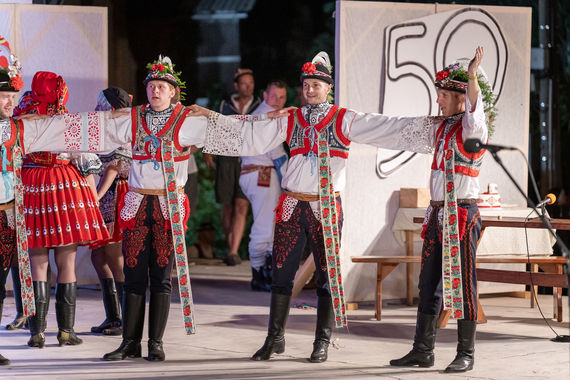35th International CIOFF® Folklore Festival FOLKART
27 June – 1 July 2023
Folkart, window to the world
Maribor’s international folklore festival Folkart is the largest Slovenian folk tradition festival and one of the European “Big Five”, as well as a festival known all around the globe. Every year, the festival brings true gems of global intangible art tradition that the people of Maribor can witness literally in our own backyard.
Much has been written about this folklore fest of ours. We never fail to mention, and rightfully so, that it was conjured up in 1989 by then-members of the Academic Folklore Group Študent, our “Kudfolk”, and that current group members are still invaluable in helping bring the festival to life.
During its first four years, Folkart set the foundation for Festival Lent. It immediately became the only Slovenian festival of its kind that was sponsored by the international non-governmental organization CIOFF® (Conseil International des Organisations de Festival de Folklore). Over the years, the festival stage hosted more than 82 different countries from around the world. We cherish the beautiful memories of countless world-class groups that bestowed upon us a piece of their culture. Some of them were so special that it was the first time any of us witnessed them live – like the Republic of Tuva, Kabardino-Balkaria, Buryatia, Bashkortostan … who could possibly know of all these countries? And let’s not forget Hawaii, the Philippines, Guam Island, Fiji, Swaziland, the entirety of Europe from Greece to Finland, Burundi, China and Cuba, from Argentina to Uruguay, Mexico, Brazil, and Peru. We had Costa Rica, Panama and Colombia, the dervishes from Turkey and wild warriors from Ossetia. The Sámi from the Arctic Circle and the dancers from the sizzling Cook Islands. And don’t even get us started on the Māori from New Zealand. We could go on and on. Nearly the entire world brought their unique stories to Maribor’s Folkart.
We’re thankful for them; they brought us unforgettable memories. But it’s time to look ahead.
Thirty-five years is no small feat – Folkart went on without a hitch in all these years, even during the pandemic that turned our collective lives upside down. This is why we’re never taking anything for granted again. We can hardly believe this year’s lineup of countries ourselves. But, just like every year when the stomach gets twisted into a knot from all the nervous anticipation until the planes finally land and the busses finally reach Maribor after a long journey, it’s going to be even more intense until this June. The lineup of countries is truly amazing and, as of the moment, five of them are scheduled to arrive to Europe from other continents, which means they’re about to “spread their wings and fly in”. This is exactly why we’re keeping a healthy dose of cautiousness. See, with Folkart’s programme, one can never be sure if everything’s “gonna go down as it should” until the very last moment.
In today’s world, when the Earth is slowly but surely spinning off its hinges, change quickly becomes the only constant.
The yeoman’s work of preparing and staging such a festival as Folkart is more than repaid when the organizers see the many, many happy and smiling faces when folklore groups take the stage.
It’s about to be lively, loud, and colourful. Hope to see you there!
Main Stage, Leon Štukelj Square
- Tuesday, 27 June: opening ceremony of the 35th Folkart on the Main Stage (each group will perform one choreography).
- Saturday, 1 July: closing ceremony of the 35th Folkart on the Main Stage (to close, each group will perform two of their most attractive choreographies).
Folkart around the city
- Wednesday, 28 June and Thursday, 29 June: late morning and evening, Main Square (three groups each day).
- Saturday, 1 July: traditional late morning performance, Main Square (all groups).
Tuesday, 27 June
20.00, Main Square – Leon Štukelj Square: 35th FOLKART – parade (BDI, BUL, CHN, CZE, INA, SRB, SLO)
21.00, Main Stage: 35th FOLKART – opening ceremony (BDI, BUL, CHN, CZE, INA, SRB, SLO)
Wednesday, 28 June
11.30, Main Square: 35th FOLKART (BDI, BUL, INA)
19.00, Main Square: 35th FOLKART (BDI, BUL, INA)
19.30, Miklavž: 35th FOLKART (SRB)
Thursday, 29 June
11.30, Main Square: 35th FOLKART (CHN, CZE, SRB)
19.00, Main Square: 35th FOLKART (CHN, CZE, SRB)
Friday, 30 June
11.30, Europark: 35th FOLKART – parade (BDI, BUL, CHN, CZE, INA, SRB)
Saturday, 1 July
11.00, Main Square: 35th FOLKART - traditional late morning performance (BDI, BUL, CZE, INA, SRB)
21.00, Main Stage: 35th FOLKART - closing ceremony (BDI, BUL, CZE, INA, SRB, SLO)
Performing groups
1. CHINA
The Folk Dance Ensemble of Zhejiang Conservatory of Music, Hangzhou, Zhejiang Province
The land of emperors, Shaolin monks and dynasties, the Great Wall of China, and vast distances.
One of the oldest civilizations in the world; the Chinese of old invented gun powder, silk, paper, wooden printing plates, and the magnetic compass. Chinese culture is one of the greatest and oldest in the history of mankind.
The folk dance school of the Conservatory of Music in Hangzhou brings a fresh twist to the tradition of the Han people from the Zheijang province and draws from the rich ethnic folk dance well to perform original, carefully selected dances of minorities like the Sha and the Dai, as well as Mongolian, Uyghur, and Tibetan. Their rich and colourful ethnic style has earned them unanimous accolades.
2. CZECH REPUBLIC
Folklorní soubor ŠOTYŠ, Milotice
A charming country filled with rich cultural heritage, science, and art. Beer, dumplings, and castles.
The young folklore group hail from South Moravia, from the village of Milotice, just under 45 kilometres from Brno. They named themselves after the old Middle-European dance called “šotiš”, which is regarded as the predecessor to the polka. Moravia is a region where folklore is an integral part of life. Full of colours, tastes, and several hundred-years old dances, parades, and festivals that the people live to the fullest to this very day. The male dance verbuňk holds a very special place among them and is so unique that the UNESCO made it a part of its global cultural heritage list. Šotyš group are especially proud of their rendition of this dance..
3. SERBIA
Akademsko kulturno društvo Španac, Belgrade
The heart of the Balkans. Amazing culture. The land of hospitality and the place to be for food lovers. Guča and salaši.
Serbia is a land of hospitable people, temperamental and sworn party-lovers. Yet they also foster deep respect for their culture. The folklore group Španac of the University of Belgrade is brimming with originality, an unmistakeable spark, and diversity that they further upgrade with thunderous rhythms and the beauty of traditional costumes. The group maintain the original air of authentic folk customs and the authenticity of folk costumes with just a touch of modern. The fundamental building block of every performance by this folk ensemble, which has travelled all around the world, is the grandeur of folk life.


